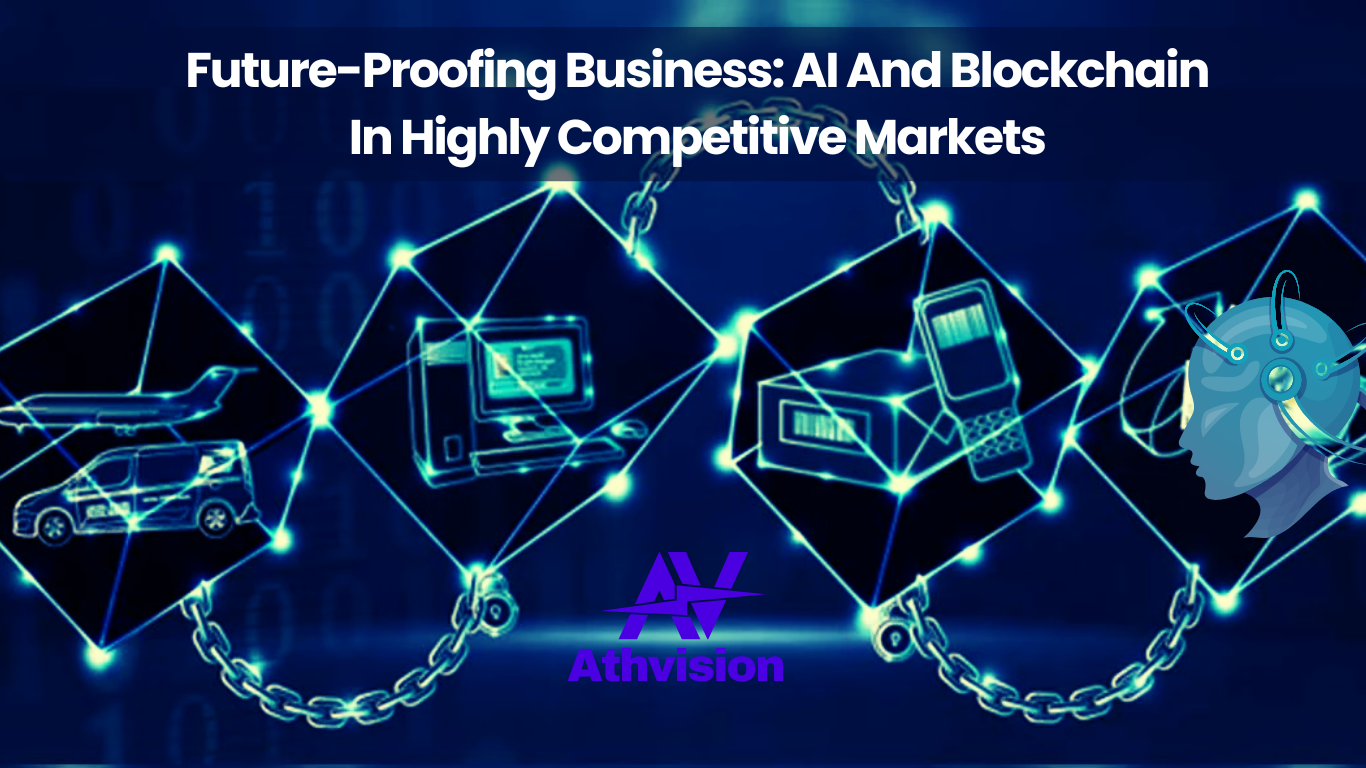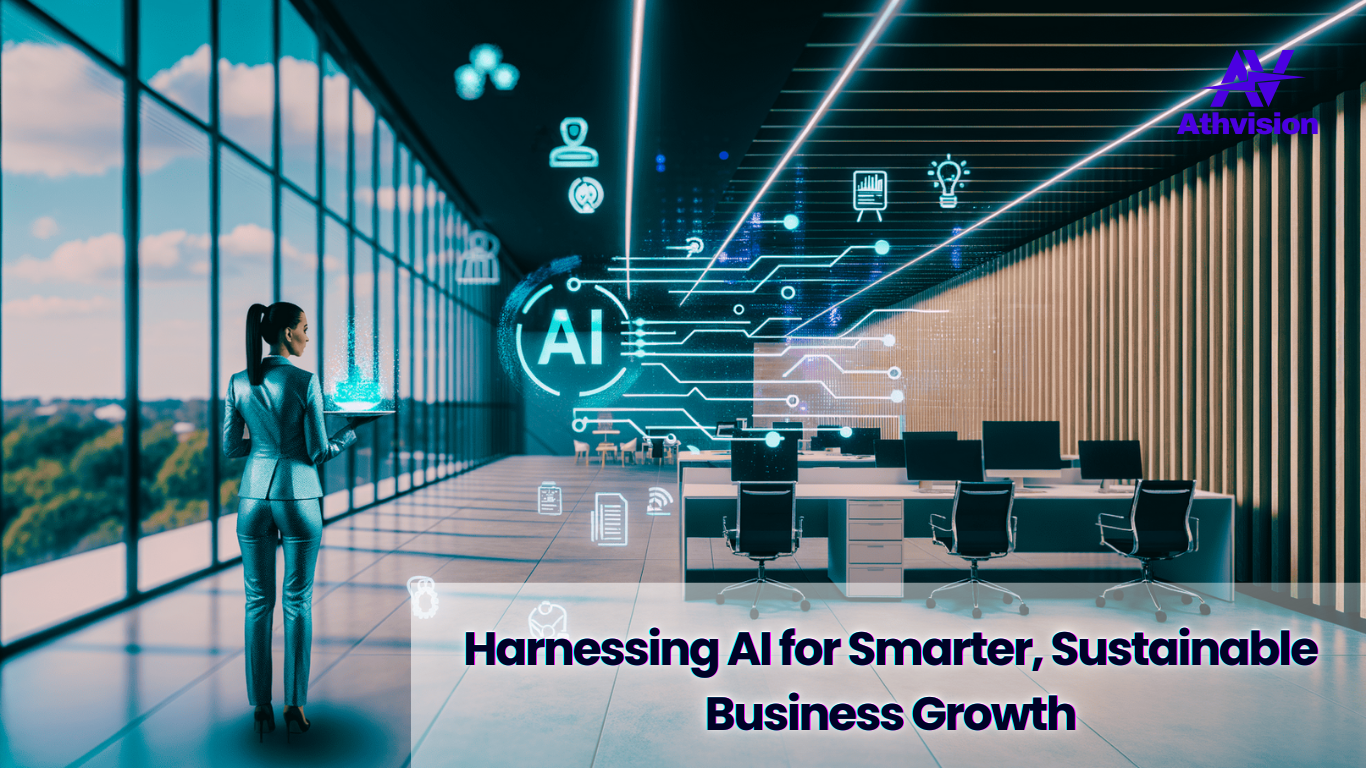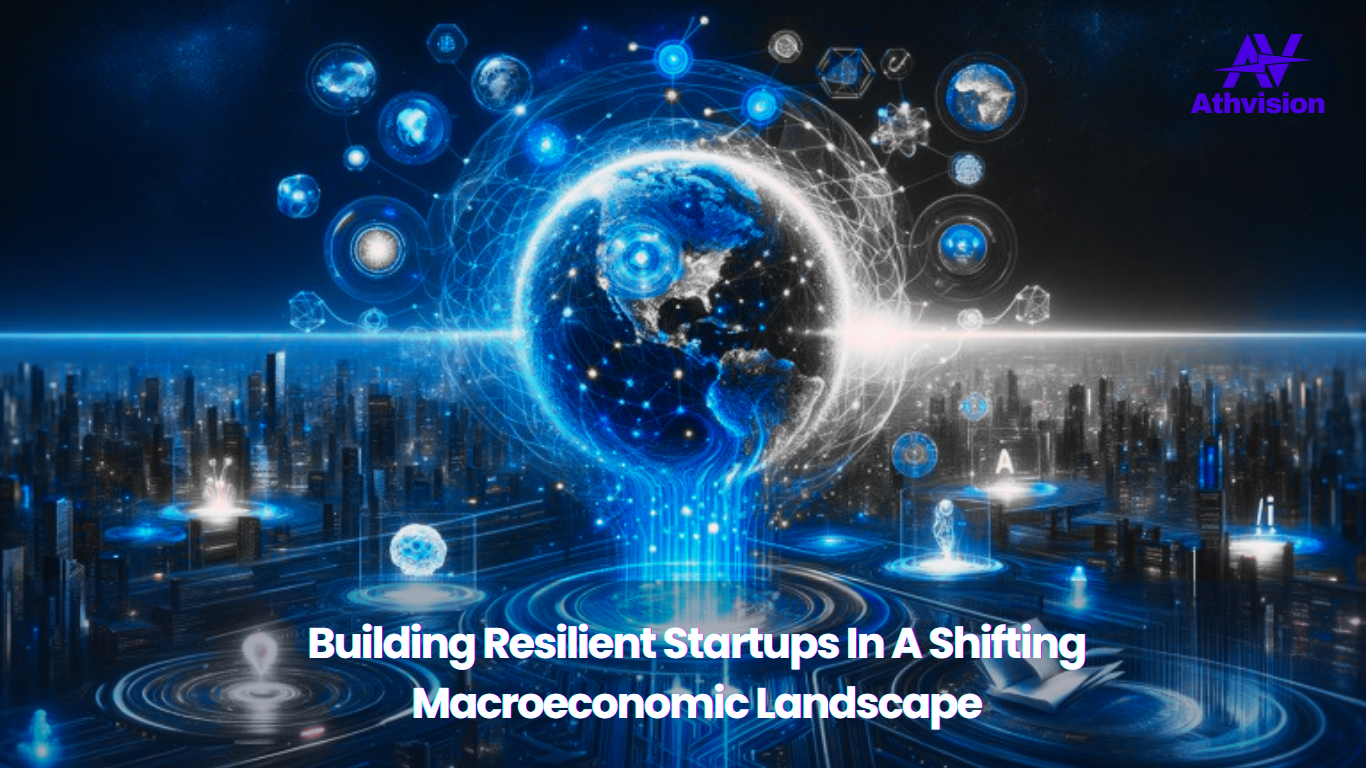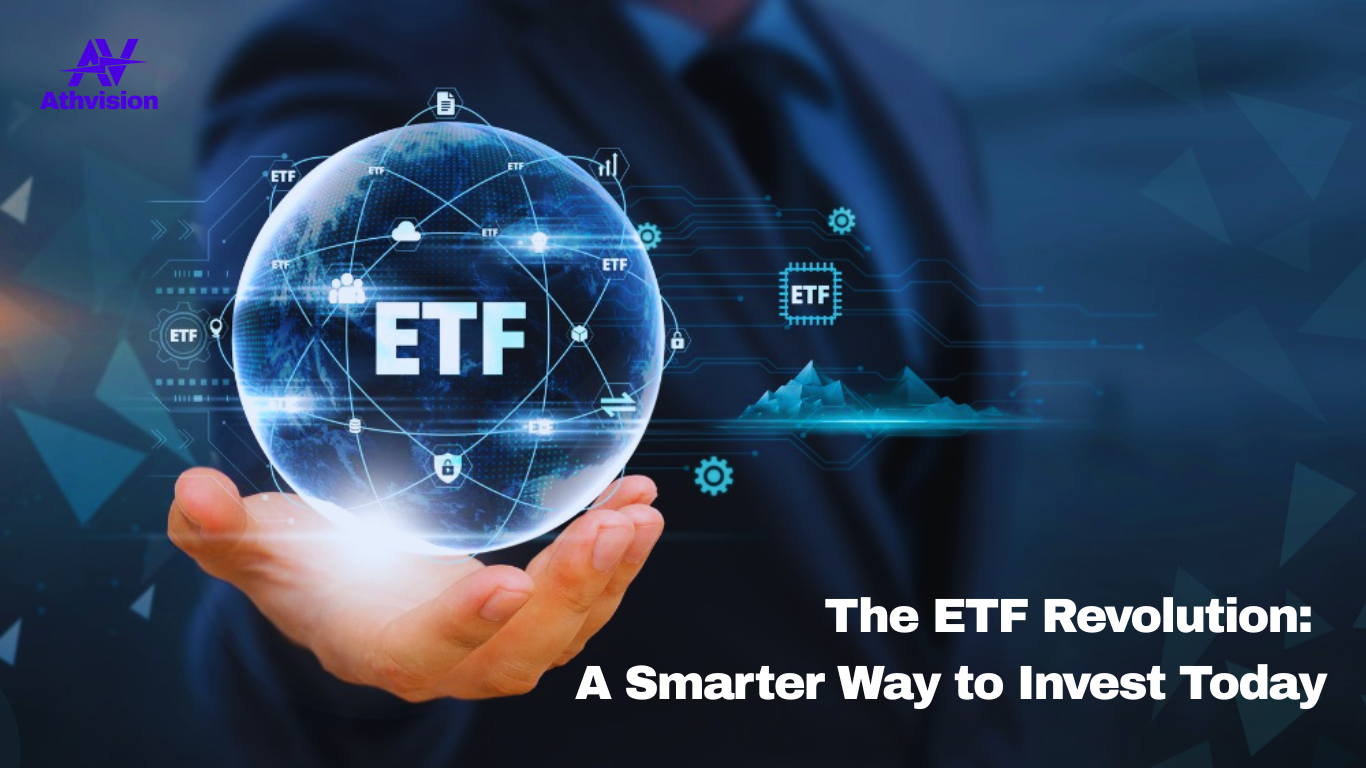In the relentless crush of modern commerce, where businesses jostle for attention in overcrowded arenas, only the most innovative survive. The secret sauce? Harnessing the radical capabilities of artificial intelligence (AI) and blockchain. These are not mere buzzwords, but transformative forces that redefine competitive edges and reshape business landscapes.
As someone who has worked with tech-driven startups and consulted across industries, I’ve witnessed firsthand the seismic shifts that occur when these technologies are deployed effectively. AI and blockchain are not just tools; they are revolutionaries in today’s crowded markets, rewriting the rules of competition.
The Challenge of Crowded Markets
Crowded markets are synonymous with intense competition, shrinking profit margins, and unforgiving customer expectations. When too many players chase the same pool of demand, differentiation becomes elusive, and businesses often resort to unsustainable tactics just to stay afloat. The result? A race to the bottom in pricing strategies, where companies slash margins to attract customers but end up eroding long-term value.
This environment makes it exceptionally difficult for new entrants. Even when products or services are objectively better, established brands with deeper pockets, stronger distribution networks, and customer loyalty often drown out emerging competitors. I saw this firsthand early in my career while working in a small tech firm. Despite having a product that was technically superior, our efforts to gain traction were overshadowed by incumbents who already owned the customer’s trust and attention. We weren’t alone; this pattern repeats across industries, from retail and fintech to healthcare and logistics.
Traditionally, businesses attempted to stand out through customer service, clever marketing campaigns, or incremental improvements in product design. These methods worked in the short term but rarely created durable competitive moats. Over time, such approaches became table stakes rather than differentiators.
A recent Harvard Business Review analysis on saturated markets makes this point clear: the true disruptors are not the ones who market louder or discount deeper, but those who reinvent business models altogether. They harness breakthrough technologies, AI, blockchain, cloud computing, or advanced analytics, to reshape how value is created and delivered. By doing so, they escape the trap of price wars and transform markets in their favor.
In other words, crowded markets are not just about competition; they are about survival of the most innovative and adaptive. The challenge is not simply to compete, it is to redefine the rules of the game.
The Power of AI and Blockchain
How AI Redefines Advantage
- Hyper-Personalization
In crowded markets, customers are bombarded with choices every second, yet the companies that win are the ones that make those choices feel effortless. AI achieves this through hyper-personalization, where every recommendation, message, or product feels uniquely crafted for the individual. Platforms like Spotify and TikTok illustrate this perfectly. Despite facing dozens of competitors in music streaming and social media, they dominate because their AI algorithms learn user behaviors so precisely that no two experiences are the same. A listener discovers new songs they love without searching; a viewer scrolls endlessly because the For You page predicts exactly what will keep them engaged. For businesses, this level of personalization builds loyalty and stickiness that marketing budgets alone could never buy.
- Operational Efficiency
Margins are often razor-thin in crowded industries. Here, AI becomes the silent engine that keeps businesses competitive. From predictive analytics in retail to optimize inventory and reduce waste, to chatbots in customer service handling thousands of queries simultaneously, AI shaves costs while enhancing customer satisfaction. In logistics, AI-powered demand forecasting and route optimization cut delivery times and fuel costs, directly boosting profitability. Even small businesses now tap into these tools, automating repetitive tasks, streamlining workflows, and reallocating human talent to higher-value functions. Efficiency is no longer just about doing more with less; it’s about doing it smarter, faster, and more accurately than rivals.
- New Product Design
AI is no longer just analyzing data; it’s creating. Generative AI has unlocked the ability to design, prototype, and launch products at unprecedented speed. Startups are using it to generate marketing copy, design user interfaces, and even brainstorm entirely new product categories. In fashion, AI helps design collections aligned with emerging trends spotted online. In gaming, AI generates environments and characters that once required teams of designers. This doesn’t just accelerate innovation; it democratizes it. Solo founders and small teams can now compete with established corporations because AI lowers the cost and time required to bring new ideas to life. Entirely new markets are emerging around AI-generated content, AI-powered SaaS tools, and digital experiences that didn’t exist five years ago.
How Blockchain Builds Trust & Differentiation
- Transparency and Security
In industries where fraud, opacity, or inefficiency erodes customer trust, blockchain acts as a game-changer. Its immutable ledger ensures that once data is recorded, it cannot be tampered with, creating a shared source of truth. Walmart’s supply chain initiative is a prime example: by using blockchain, the company reduced the time needed to trace the origin of produce from seven days to just 2.2 seconds. This transformation not only boosted internal efficiency but also reassured consumers about the authenticity and safety of their food. In financial services, blockchain similarly reduces settlement risk by ensuring that all parties see the same record of a transaction. Trust, once a fragile marketing promise, becomes a verifiable, technological reality.
- Decentralized Incentives
One of blockchain’s most revolutionary contributions is how it reshapes incentive structures. Through token-based ecosystems, users stop being passive consumers and start acting as stakeholders. This model powers the growth of play-to-earn gaming, decentralized finance (DeFi), and creator-driven platforms. Players in Axie Infinity, for instance, weren’t just gamers; they were investors, contributors, and evangelists, all rewarded through tokens. This shift transforms customer relationships into community ownership. In crowded markets where loyalty is scarce, decentralized incentives create passionate, engaged ecosystems that incumbents struggle to replicate with traditional loyalty programs.
- Novel Business Models
Beyond efficiency and incentives, blockchain unlocks entirely new ways of doing business. Micro-payments enabled by cryptocurrencies allow content creators to monetize in real time, bypassing ad-driven models or high platform fees. Tokenized loyalty systems let companies issue digital assets that appreciate in value, giving customers a stake in the brand’s success. Real estate firms are experimenting with tokenizing properties, allowing fractional ownership that opens markets to new investors. These models aren’t just incremental improvements, they’re radical departures from the old playbook, enabling startups to compete on dimensions incumbents never anticipated.
Case Studies: Innovation in Action
- Retail: Walmart’s Blockchain Advantage
Retail is one of the most competitive spaces in the world, where margins are razor-thin and consumer trust can make or break brands. Walmart, already a giant in the sector, proved that even leaders must innovate to stay ahead. By adopting blockchain to track produce across its supply chain, Walmart reduced the time required to trace contaminated goods from seven days to just 2.2 seconds. This wasn’t just an internal efficiency gain, it signaled to consumers that Walmart prioritized safety, quality, and transparency. In an era where customers want to know where their food comes from, Walmart set a new industry benchmark. Competitors without such systems looked outdated almost overnight.
2. Finance: Uniswap and Aave’s DeFi Disruption
Finance has always been crowded with incumbents, where reputation and liquidity made it seem nearly impossible for new entrants to compete. Yet protocols like Uniswap and Aave flipped the script using blockchain. Instead of expensive physical branches and complex bureaucracy, they offered decentralized, permissionless platforms for trading, lending, and borrowing. Within just a few years, Uniswap grew into one of the largest decentralized exchanges, and Aave became a leader in crypto lending, managing billions in total value locked (TVL). They redefined the meaning of financial services: global, transparent, and open 24/7. Their growth showed how blockchain can dismantle barriers to entry in industries that appeared unshakable.
3. AI + Blockchain Fusion: A Glimpse of the Future
The real revolution, however, lies in the intersection of AI and blockchain. Imagine a financial platform where AI continuously scans blockchain transaction data to detect suspicious behavior, predict liquidity crunches, or even forecast token price movements with high accuracy. Or consider supply chains where blockchain guarantees authenticity while AI models optimize logistics in real-time. In these scenarios, trust is no longer an add-on; it’s baked into every transaction. Efficiency isn’t a marginal improvement; it’s exponential. The synergy between AI and blockchain doesn’t just level the playing field; it rewrites the rules of competition.
The Playbook for Founders in 2025
- Embed AI Early: Make It Core, Not Cosmetic
Too often, startups treat AI as a buzzword to attract funding or as a minor feature layered onto existing systems. That approach rarely works in crowded markets. Instead, founders should make AI part of the core architecture from day one. Look at TikTok: its rise to dominance wasn’t based on flashy branding but on an AI-driven recommendation system so addictive that it reshaped global media consumption. For 2025 founders, the lesson is clear: AI must be at the center of your product strategy, fueling personalization, automation, and decision-making from the ground up.
- Leverage Blockchain for Trust: Transparency Is the New Differentiator
Trust is an undervalued but decisive factor in saturated industries. Customers are more skeptical than ever about data use, fraud, and authenticity. Blockchain allows founders to prove their claims rather than simply market them. Whether it’s verifying ethical sourcing in fashion, guaranteeing product authenticity in luxury goods, or tokenizing customer loyalty points, blockchain creates proof that resonates. In markets where competitors look similar, transparency is the advantage that keeps customers loyal.
- Combine for Scale + Credibility: Build an Unshakable Moat.
AI and blockchain each bring distinct strengths. AI enables scale by making sense of complex data, personalizing experiences, and optimizing operations. Blockchain ensures credibility by embedding trust, ownership, and transparency. Combined, they form a moat that is difficult to replicate. Imagine an AI-driven marketplace that recommends the best products for each buyer, while blockchain validates authenticity and records every transaction immutably. The result is a business model that feels both intelligent and trustworthy, two traits customers crave but rarely find together.
- Invest in Community: From Customers to Co-Creators
Finally, in a world where attention is fragmented and competition is cutthroat, the companies that win are those that turn customers into communities. Blockchain-enabled DAOs and token economies allow people to become stakeholders rather than passive buyers. AI-driven engagement tools can then personalize interactions, ensuring that community members feel heard and valued. When your users feel like co-creators, they don’t just stick with you; they promote, defend, and expand your brand. In crowded markets, that kind of loyalty is priceless.
Challenges to Overcome
While AI and blockchain promise radical advantages, their adoption comes with hurdles that founders can’t afford to ignore:
- Regulation and Compliance
AI raises questions around privacy, bias, and accountability, while blockchain often intersects with financial regulations, securities law, and data sovereignty. The rules are shifting fast, and what’s acceptable today may face new scrutiny tomorrow. Founders must build with foresight, not shortcuts, weaving compliance into their strategy rather than treating it as an afterthought.
- Scalability and Execution
It’s one thing to pilot an AI chatbot or a blockchain ledger; it’s another to scale these technologies to millions of users. Both demand infrastructure, expertise, and ongoing optimization. Poor execution, an AI system delivering biased results, or a blockchain plagued by inefficiencies, can erode the very trust companies hoped to gain.
- Customer Education and Trust
Technology alone doesn’t win markets; understanding does. Many customers don’t fully grasp how AI and blockchain benefit them. The challenge for businesses is to translate complex systems into simple, compelling value. Companies that make innovation feel accessible and intuitive will break through the noise, while others risk being dismissed as jargon-heavy or opaque.
The Future of Crowded Markets
Looking forward, the convergence of AI and blockchain isn’t just an incremental upgrade, it’s a paradigm shift.
- AI-powered smart contracts will automate complex deals that once required armies of lawyers and intermediaries, cutting costs and boosting speed.
- Predictive algorithms will anticipate consumer needs with uncanny accuracy, giving companies the ability to serve before customers even ask.
- Blockchain’s transparency will act as the backbone for trust in these systems, ensuring that automation and intelligence don’t come at the expense of integrity.
Governments are also catching up. From the EU’s AI Act to Asia’s progressive crypto licensing regimes, regulatory frameworks are moving toward clarity, enabling companies to innovate responsibly. This shift will lower barriers for startups and embolden incumbents to experiment, creating fertile ground for innovation.
The companies bold enough to embrace AI and blockchain today will be the ones setting the competitive tempo tomorrow. Those who hesitate risk becoming relics in markets that no longer reward tradition over transformation.
Conclusion
Crowded markets aren’t a dead end; they’re pressure cookers for innovation. The noise, competition, and saturation force businesses to either evolve or disappear.
AI offers the tools for hyper-personalization, predictive power, and operational efficiency. Blockchain delivers transparency, trust, and new economic models. Together, they form a dual engine capable of cutting through the chaos and positioning companies as leaders, not followers.
For founders and leaders in 2025 and beyond, the choice is stark: harness AI and blockchain as strategic weapons, or risk being left behind in the shuffle of sameness. The winners of tomorrow won’t just survive crowded markets; they’ll redefine them.





